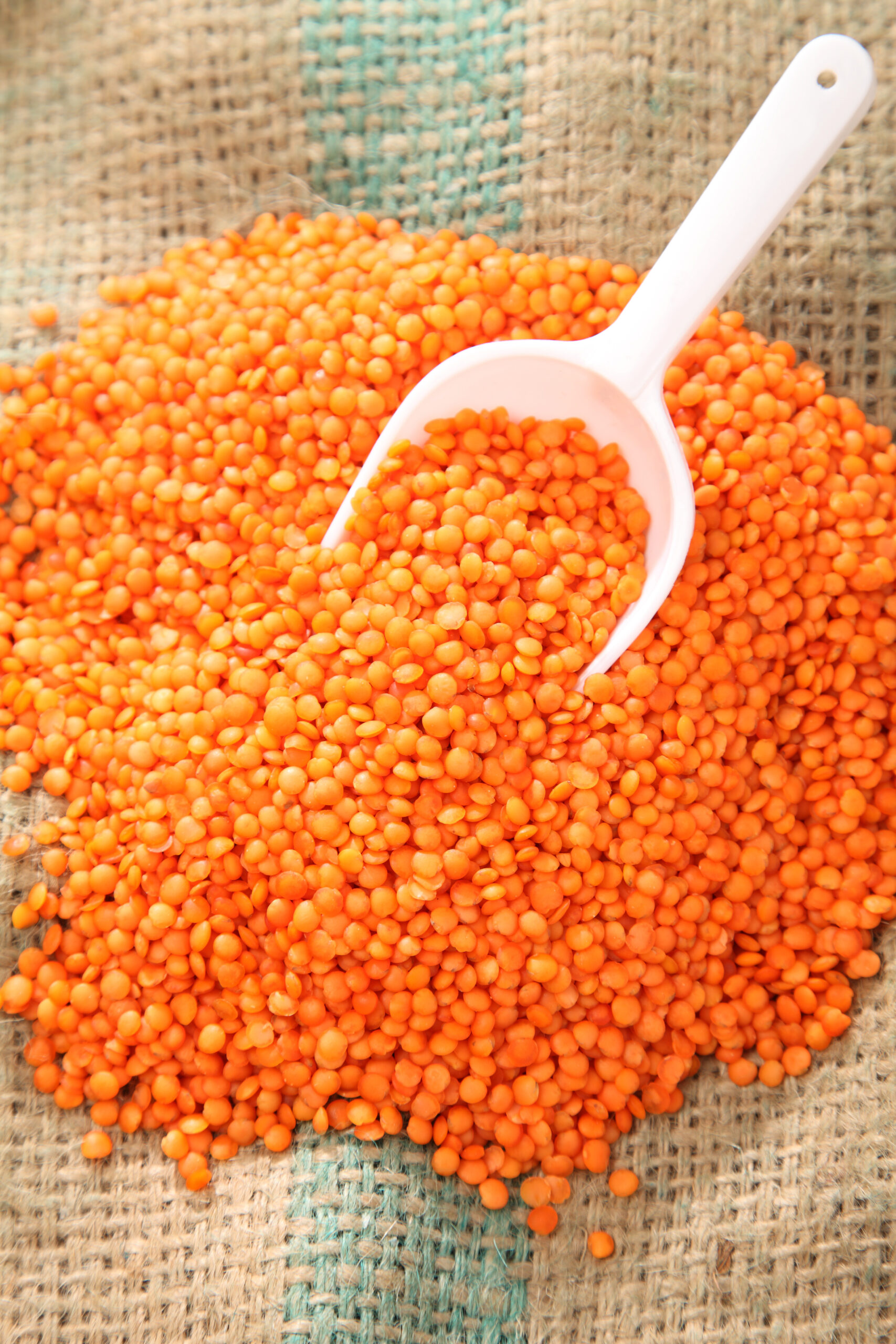
The bubbling of masoor dal on a stove has a way of drawing people home. Its reddish-golden glow, soft aroma, and steady simmer carry the promise of nourishment that has fed generations.
From clay pots in rural kitchens to stainless-steel cookers in modern apartments, masoor dal has quietly sustained families with its warmth and protein. It’s the food you turn to when you need something simple, nourishing, and real — a dish that connects past and present with every spoonful.
What Is Masoor Dal?
Masoor dal, or red lentil, is one of the most widely used and easily digestible pulses in Indian cooking. When whole, it has a reddish-brown outer skin; when split and skinned, it turns bright orange-red and cooks into a soft, creamy texture in minutes.
Native to the Indian subcontinent and grown across many states including Madhya Pradesh, Uttar Pradesh, and Bihar, masoor dal is valued for its adaptability and nutrition. It’s rich in protein, iron, and fiber, making it an essential ingredient in vegetarian diets.
Whether served as a simple dal with rice, tempered with ghee and spices, or used in soups and stews, masoor dal remains one of India’s most trusted and enduring foods — a quiet symbol of everyday nourishment.
- Type: Pulse (red lentil)
- Origin: Indian subcontinent
- Common names: Masoor dal, red lentil, split red gram
- Color: Orange-red when split; brownish-red when whole
- Flavor: Mild, earthy, slightly nutty
- Cook time: 15–20 minutes
- Nutrients: High in protein, iron, and fiber
- Common uses: Dal curry, soups, stews, khichdi
Protein for the People
For millions of households, masoor dal is the source of daily protein especially for vegetarians. Long before the world spoke about plant-based diets, Indian kitchens were already serving this red lentil as a wholesome, balanced meal.
Its quick cooking time and high nutritional value make it a favorite among families who want something nourishing without spending much time or money.
From children’s lunch boxes to community kitchens, masoor dal continues to bridge the gap between affordability and nourishment. It’s proof that the simplest foods often carry the most power, feeding generations.
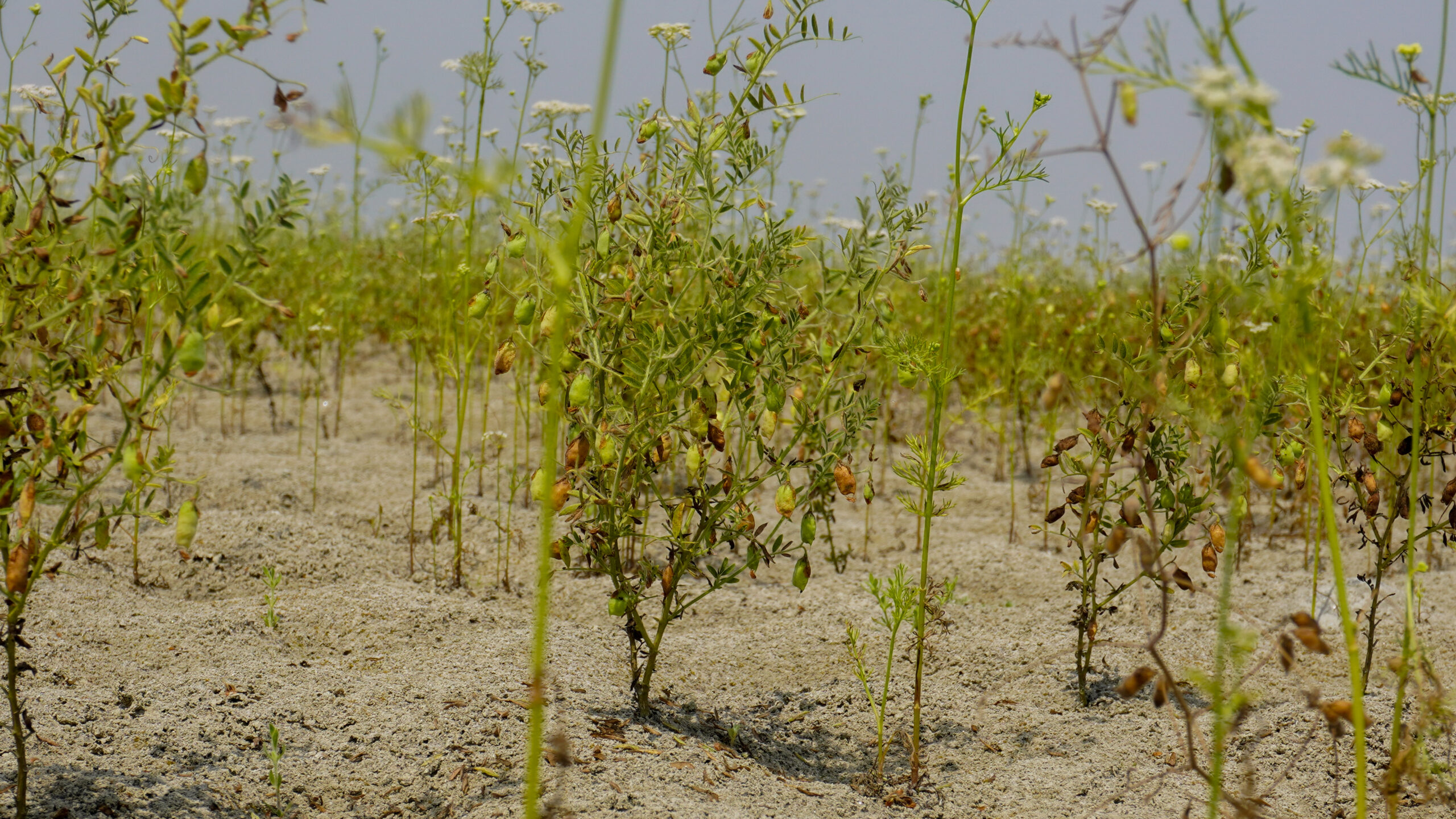
A Dish That Changes With the Map
Across India, masoor dal takes on a new identity with every region. In Bengal, it’s cooked thin and spiced with mustard oil and garlic; served with steaming rice and a squeeze of lemon.
In Punjab, it’s slow-cooked with onions, tomatoes, and a smoky tadka, thick enough to scoop with roti. In Maharashtra, a touch of jaggery adds sweetness, while in Uttar Pradesh, it’s simmered plain with just salt and turmeric for pure comfort.
Every household adds its own rhythm; more ghee here, a handful of coriander there. No matter the variation, the essence remains unchanged: a dish that adapts to its surroundings yet feels unmistakably like home.
Affordable, Accessible, Essential
What keeps masoor dal at the heart of Indian cooking is how naturally it fits into daily life. It’s inexpensive, easy to prepare, and stores well for months — always ready when you need a quick, nourishing meal. With just a handful of lentils, some water, and a few basic spices, it turns into something complete and comforting.
You’ll find it everywhere: in school lunches, temple kitchens, and family meals after long days. It’s the dish that quietly fills the gaps when little else is left, proving that true essentials don’t need attention — they simply show up, day after day.
What It Tastes Like
Masoor dal has a mild, earthy flavor and a soft, creamy texture that thickens as it cooks. On its own, it’s gentle and easy to digest, but that simplicity makes it incredibly adaptable. It easily takes on the taste of spices, herbs, and aromatics, blending into a wide range of regional styles.
Whether cooked thin and soupy or thick and hearty, masoor dal brings an understated warmth to the table — familiar, balanced, and quietly satisfying.

- Calories: 230 kcal
- Protein: 15 grams
- Carbohydrates: 36 grams
- Dietary Fiber: 6 grams
- Fat: 0.8 grams
- Iron: 3 mg (about 15% of daily value)
- Folate: 180 mcg (about 45% of daily value)
- Magnesium: 50 mg
- Potassium: 370 mg
Note: Values may slightly vary based on preparation method and whether it’s split or whole dal.
Health Benefits That Actually Matter
- Rich in Protein
Masoor dal is packed with plant-based protein that may help build and repair tissues, support muscle strength, and keep you feeling full for longer (Source). - High in Fiber
Its natural fiber content can aid digestion, support gut health, and help maintain stable blood sugar levels when paired with whole grains or vegetables (Sources 1, 2,) - Heart-Healthy Nutrients
Low in fat and high in potassium, magnesium, and folate, masoor dal can support heart health and help manage cholesterol levels as part of a balanced diet (Sources 1, 2, 3). - Iron Support
A great source of iron, it may help improve hemoglobin levels (Source). - Easily Digestible
Compared to many other lentils, masoor dal cooks quickly and is easy to digest, making it ideal for people recovering from illness or following light, balanced diets (Sources 1, 2).
Potential Health Risks
- Digestive Discomfort
Eating large amounts of masoor dal, especially without soaking or proper cooking, may cause gas or bloating due to its high fiber content (Source). - Excess Uric Acid
Eating too much may raise uric acid levels in some people, which can make gout or kidney problems worse (Source). - Allergic Reactions
Though uncommon, individuals with legume sensitivities may experience mild allergic responses such as stomach discomfort or skin irritation (Source). - Anti-Nutrients
Raw or undercooked dals contain compounds like phytic acid, which can interfere with mineral absorption. Proper soaking and cooking reduce this effect (Source). - Balance Is Important
Like any food, moderation is key, masoor dal works best as part of a varied, balanced diet.
FAQs
Is masoor dal the same as red lentils?
Yes. Masoor dal refers to red lentils, when split and skinned, they turn orange and cook quickly into a soft, creamy texture.
Can masoor dal be eaten daily?
Yes, it can be part of your daily diet. It’s rich in protein, low in fat, and easy to digest when properly cooked.
Does masoor dal help with weight management?
It may help with weight control since it’s high in fiber and protein, keeping you full for longer without adding excess calories.
Is masoor dal good for diabetics?
Yes. Its low glycemic index and high fiber content can help regulate blood sugar levels when combined with a balanced meal.
What’s the best way to cook masoor dal?
Rinse and soak it for 20–30 minutes, then simmer until soft. Add a tadka of cumin, garlic, or asafoetida for flavor and easier digestion.
Can masoor dal be eaten during illness or recovery?
Yes, it’s light and easy on the stomach, making it ideal for recovery diets or those seeking simple, nourishing meals.
The Quiet Hero of the Indian Plate
Masoor dal may not get the same attention as paneer, biryani, or butter chicken, but it’s no less essential. It’s food that’s steady, reliable, and nourishing; the kind that doesn’t try to impress and never needs to.
So the next time you sit down with a plate of dal try this with my cumin rice, remember you’re tasting more than just red lentils. You’re tasting care passed down through generations, quiet strength simmered into every meal, and the everyday brilliance of Indian home cooking.
Learn More About Masoor Dal
House of Veda — Masoor Dal Benefits, Nutrition & Delicious Recipes
This article provides a detailed overview of Masoor Dal (red lentils), covering its nutritional value, health benefits, traditional uses (including Ayurvedic insights), recipes, and precautions.
Times of India — Masoor dal, or red lentil: Why it should be on your plate 3 ...
This article is providing a detailed overview of masoor dal (red lentil), highlighting its nutritional value, health-benefits, and encouraging its inclusion in your diet three times a week with three simple recipes to try.


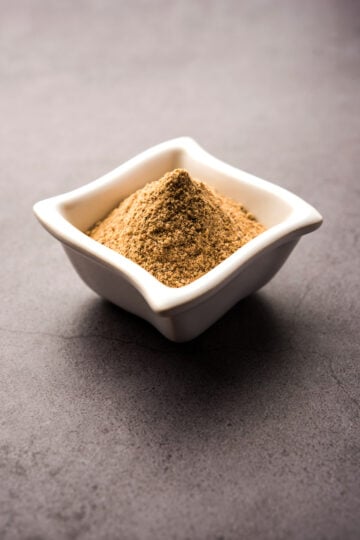
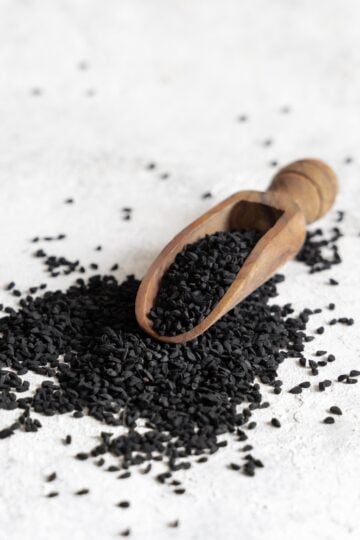
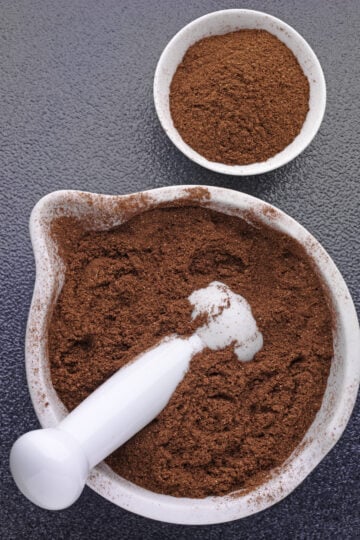

Have a question or something to share? Leave a comment below!